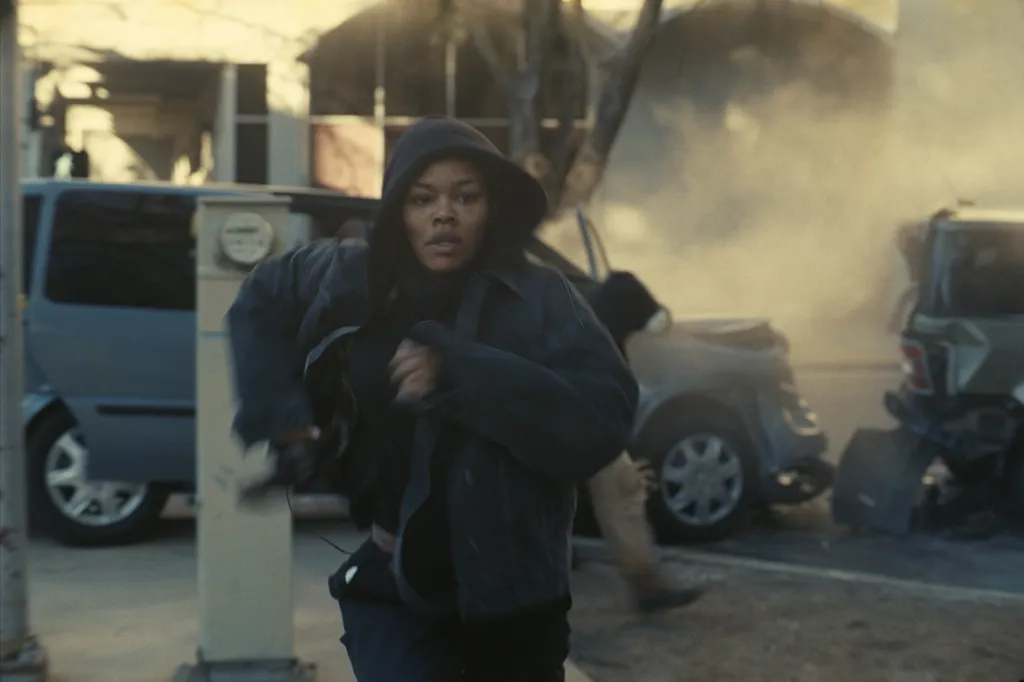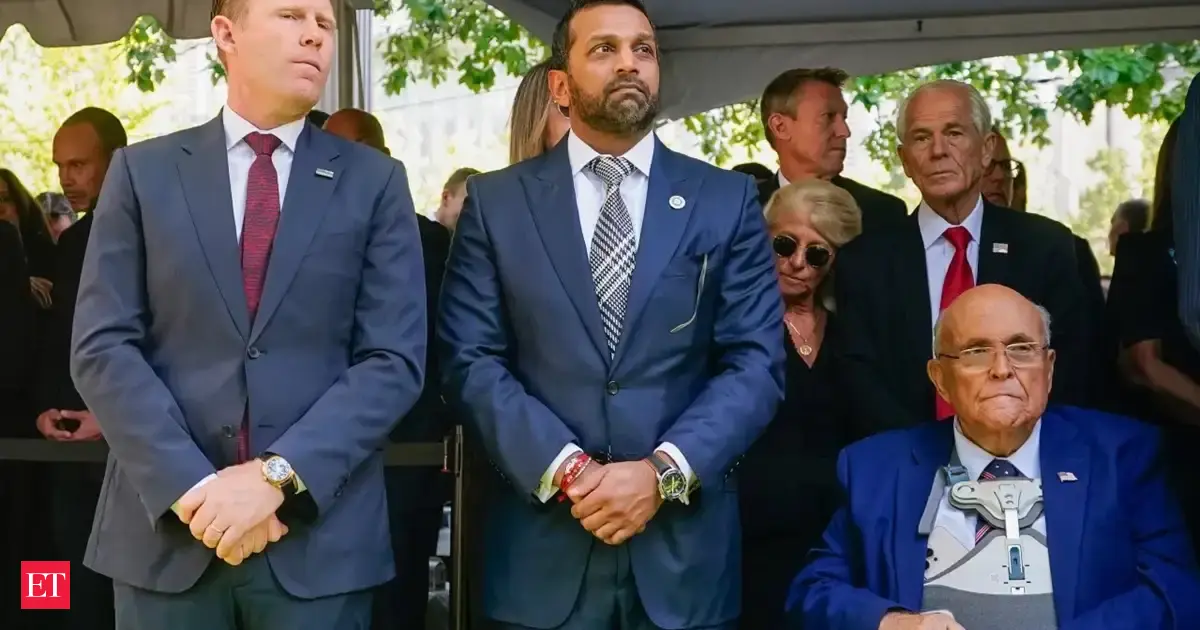
To place an obituary, please include the information from the obituary checklist below in an email to obits@pioneerpress.com. There is no option to place them through our website. Feel free to contact our obituary desk at 651-228-5263 with any questions.
General Information:
Your full name,
Address (City, State, Zip Code),
Phone number,
And an alternate phone number (if any)
Obituary Specification:
Name of Deceased,
Obituary Text,
A photo in a JPEG or PDF file is preferable, TIF and other files are accepted, we will contact you if there are any issues with the photo.
Ad Run dates
There is a discount for running more than one day, but this must be scheduled on the first run date to apply.
If a photo is used, it must be used for both days for the discount to apply, contact us for more information.
Policies:
Verification of Death:
In order to publish obituaries a name and phone number of funeral home/cremation society is required. We must contact the funeral home/cremation society handling the arrangements during their business hours to verify the death. If the body of the deceased has been donated to the University of Minnesota Anatomy Bequest Program, or a similar program, their phone number is required for verification.
Please allow enough time to contact them especially during their limited weekend hours.
A death certificate is also acceptable for this purpose but only one of these two options are necessary.
Guestbook and Outside Websites:
We are not allowed to reference other media sources with a guestbook or an obituary placed elsewhere when placing an obituary in print and online. We may place a website for a funeral home or a family email for contact instead; contact us with any questions regarding this matter.
Obituary Process:
Once your submission is completed, we will fax or email a proof for review prior to publication in the newspaper. This proof includes price and days the notice is scheduled to appear.
Please review the proof carefully. We must be notified of errors or changes before the notice appears in the Pioneer Press based on each day’s deadlines.
After publication, we will not be responsible for errors that may occur after final proofing.
Online:
Changes to an online obituary can be handled through the obituary desk. Call us with further questions.
Payment Procedure:
Pre-payment is required for all obituary notices prior to publication by the deadline specified below in our deadline schedule. Please call 651-228-5263 with your payment information after you have received the proof and approved its contents.
Credit Card: Payment accepted by phone only due to PCI (Payment Card Industry) regulations
EFT: Check by phone. Please provide your routing number and account number.
Cash: Accepted at our FRONT COUNTER Monday – Friday from 8:00AM – 3:30PM
Rates:
The minimum charge is $162 for the first 10 lines.
Every line after the first 10 is $12.20.
If the ad is under 10 lines it will be charged the minimum rate of $162.
On a second run date, the lines are $8.20 per line, starting w/ the first line.
For example: if first run date was 20 lines the cost would be $164.
Each photo published is $125 per day.
For example: 2 photos in the paper on 2 days would be 4 photo charges at $500.
Deadlines:
Please follow deadline times to ensure your obituary is published on the day requested.
Hours
Deadline (no exceptions)
Ad
Photos
MEMORIAM (NON-OBITUARY) REQUEST
Unlike an obituary, Memoriam submissions are remembrances of a loved one who has passed. The rates for a memoriam differ from obituaries.
Please call or email us for more memoriam information
Please call 651-228-5280 for more information.
HOURS: Monday – Friday 8:00AM – 5:00PM (CLOSED WEEKENDS and HOLIDAYS)
Please submit your memoriam ad to memoriams@pioneerpress.com or call 651-228-5280.
By JAKE COYLE, AP Film Writer
In Paul Thomas Anderson ’s gloriously messy, madcap roller coaster ride through modern America, objects in the rear view may go out of sight, but they don’t disappear.
Political struggles never die in “One Battle After Another,” they just repeat. Or maybe they grow older and become paranoid, pot-smoking, pajama-wearers like Bob Ferguson ( Leonardo DiCaprio ), a washed-up revolutionary living off the grid with his daughter, Willa (Chase Infiniti). The cycles of oppression and resistance are palpably felt in Anderson’s film, a decades-spanning odyssey where gun violence, white power and immigrant deportations recur in an ongoing dance, both farcical and tragic.
But “One Battle After Another” could also be fairly described as a sweet movie about a father coming to terms with his teenage daughter having a phone — which is one example of how Anderson’s destabilizing approach to big themes can turn poignant and revelatory. “Sweeping” would normally be a way to characterize a nearly three-hour-long, multigeneration saga like this, but Anderson works in a more rough-hewn, compassionate register that burrows strangely but acutely into the American psyche.
“One Battle After Another” is arriving after months of speculation and some skepticism because it’s easily Anderson’s biggest budgeted, largest scaled film yet. But scale is an interesting thing when it comes to Anderson’s movies. “Magnolia” is modest by most metrics, but you’d be hard pressed to find a more ambitious movie. “There Will Be Blood” didn’t feature much spectacle beyond some rickety wooden oil rigs, but it feels about as large as the frame of Daniel Day-Lewis’ Daniel Plainview, which is to say terrifyingly enormous.
Likewise, “One Battle After Another,” shot on VistaVision, is big and long but feels intimate and fast. That’s partly due to the propulsion of its opening prologue and the absurd knockout vigor of Teyana Taylor as a scorching, potent screen presence. Her Perfidia Beverly Hills is at the center of the movie’s beginning. And she makes such a powerful mark that it takes half an hour for “One Battle After Another” to pick up the pieces after it moves on. (My personal recovery time is ongoing.)
We first see Perfidia, dressed in all black, striding across an overpass. Below is an immigration detention center. The atmosphere is tumultuous. Bob is there, ready to set off fireworks or bombs, but has little clue of the plan. She assures him: “Make it big, make it bright. Inspire me.”
They and their co-conspirators soon announce their intentions, freeing the immigrants, tying up the military guards and declaring that they’re the radical group the French 75. This is the start, Perfidia says, of a revolution. Their cause is righteous but their drive is visceral and sexual. Bomb-making and sex go hand in hand. Bob trails after Perfidia, in love with her but also in awe. Perfidia’s mother doesn’t give them much of a chance as a couple. “She’s a runner and you’re a stone,” she tells him.
At the same time, Perfidia comes in contact with Col. Lockjaw (Sean Penn), a rock-jawed military man who, too, swoons for Perfidia. When they first meet, she holds him at gunpoint and tells him to “Get it up,” and she doesn’t mean his hands. These charged scenes, followed by Perfidia’s pregnancy and new police trouble for the French 75, set the table for the drama to come, set 16 years after this opening salvo, a frenetic eruption of Black and female power.
By then, the forces fought by the radicals have clawed back their advantage. Lockjaw (this is a taut, drained, maniacal Penn) now moves with impunity, directing troops on illegal raids where he chooses. Some of those in power like what he’s doing. A secret white supremacist group called the Christmas Adventurers (they speak of cleansing the Earth and greet each other with “merry Christmas”) offers him a membership.
The French 75 are essentially no more. Bob is now alone with their 16-year-old daughter. He’s grown less connected with the world. He calls his daughter’s friend “Homie,” has trouble with pronouns and usually has a roach going. It’s the most Lebowski-esque performance by DiCaprio, whose recent gravity toward less polished, error-prone characters (“Killers of the Flower Moon,” “Once Upon a Time in Hollywood”) has made for some of his most interesting movies.
Willa, though, is said to have her mother’s courage. (Infiniti, a newcomer, has an inner strength that comes across clear as day.) When Lockjaw comes looking for Willa, a new cycle of state-sponsored violence is set off. That brings in a delightful Benicio Del Toro as a combination sensei and Harriet Tubman-like figure to immigrants who shepherds Bob when the authorities are closing in. This is probably the most shambolic section of the movie, but Del Toro’s Sergio St. Carlos is also the film’s most resonate encapsulation of freedom. He’s free because his purpose is clear and principled.
This is a movie filled with police convoys across the land and military tactics that effectively turn modern-day America into a battlefield. The film, inspired by Thomas Pynchon’s “Vineland,” shares some of the culture clash of Anderson’s earlier Pynchon adaptation, “Inherent Vice.” But “One Battle After Another,” graced with a swelling score by Johnny Greenwood that gives the movie a hint of epic, feels more urgently contemporary and more morally motivated.
That makes “One Battle After Another,” as a major studio release clattering with straightforward representations of racism, xenophobia and vigilantism, an exception in almost every way to modern-day Hollywood. I’m sure that will bring debate, just as any good movie does. And I’m sure some will find its American portrait muddled and chaotic. But those aspects feel true, too, just as does the movie’s abiding fighting spirit.
“One Battle After Another,” a Warner Bros. release is rated R by the Motion Picture Association for pervasive language, violence, sexual content, and drug use. Running time: 170 minutes. Four stars out of four.



